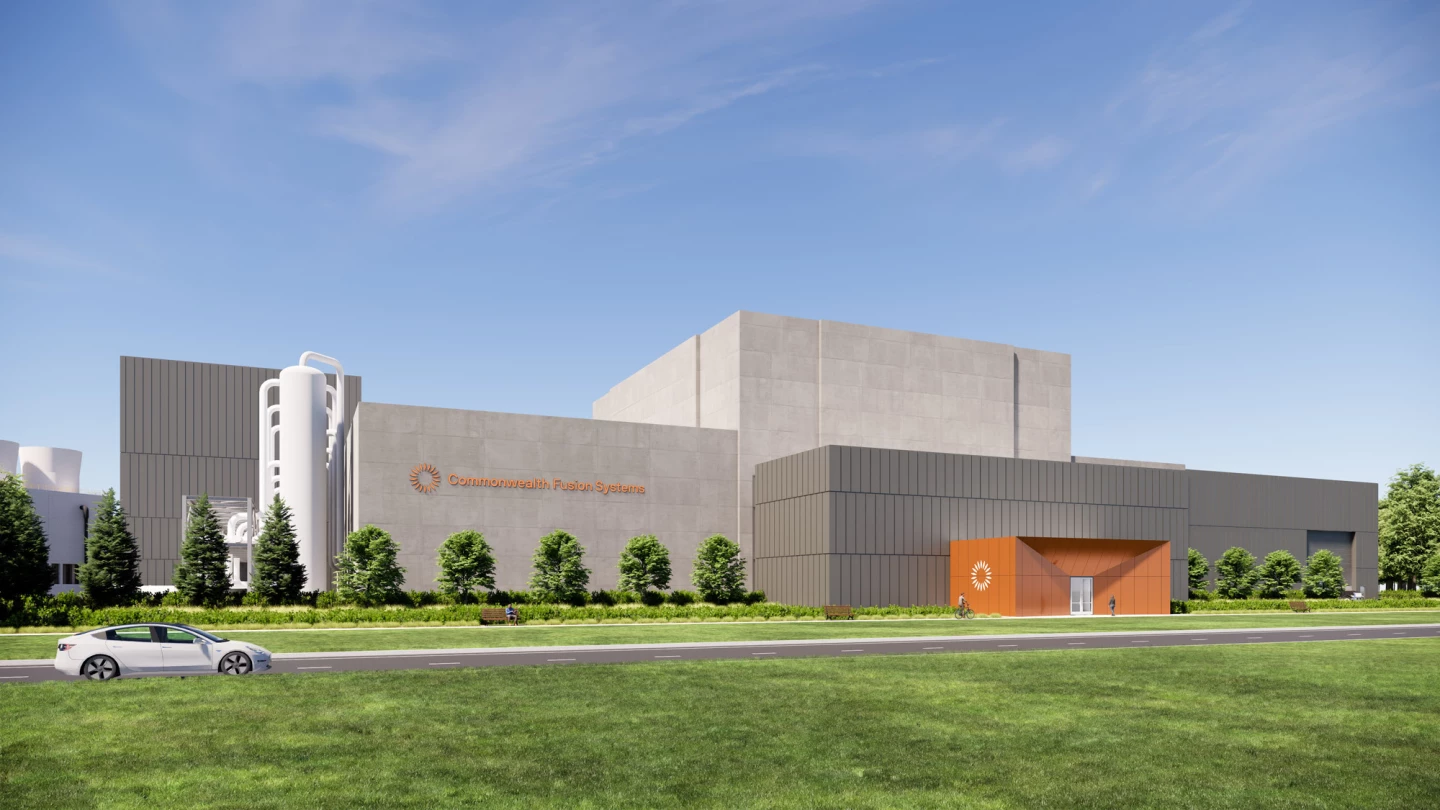No, this isn't the return of Marvel's Iron Man; Commonwealth Fusion Systems (CFS) has announced plans to build the world's first grid-scale fusion power plant near Richmond, Virginia.
After more than 100 locations around the world were scouted, CFS chose a 100-acre (40.5-ha) plot of land in Chesterfield County in Virginia for the ARC – an acronym for "Affordable, Robust, Compact" – to be built. This fusion power plant aims to produce a continuous 400 megawatts of clean, virtually limitless energy by the early 2030s.
If the name "ARC" rings a bell, it's because it shares the same name as the fictional ARC reactor invented by Marvel Comics' Tony Stark to power his Iron Man suit and more. While Stark's mini fusion reactor was small enough to hold in his hand, the real-world CFS version will be closer to the size of a warehouse. No superhero suit included (yet).

Fusion, the process of fusing atomic nuclei to release vast amounts of energy, is the same reaction that powers stars like our Sun. Unlike nuclear fission – which splits atoms and creates dangerous radioactive waste – fusion uses hydrogen isotopes (like tritium and deuterium) and produces helium as a harmless byproduct. It's long been the "holy grail" of clean, unlimited energy and has the potential to revolutionize the global energy landscape.
The SPARC reactor will utilize an entirely new system of high-temperature superconducting magnets designed by CFS to confine superheated plasma at temperatures of over 100 million degrees Celsius in a donut-shaped containment vessel called a tokamak.
The goal is to achieve a steady burn which will continuously produce electricity like a conventional power plant. If successful, it could power 150,000 homes without the environmental downsides of fossil fuels.
Though fusion is inherently safer than fission, it's not entirely without risk. High-energy neutrons released during the fusion process can degrade reactor materials, making maintenance a constant concern. Over time, the neutrons will effectively irradiate the reactor and surrounding materials. Tritium fuel, which is mildly radioactive, requires careful handling to prevent leaks.

Another challenge, which has only recently been "conquered," is plasma containment. Korea Superconducting Tokamak Advanced Research (KSTAR) managed a 48-second-long continuous plasma burn in February of 2024 – the longest to date. Unlike the Sun, which relies on intense gravitational pressure to sustain plasma, fusion reactors use magnetic fields or lasers to stabilize the reaction. CFS's SPARC tokamak design uses magnets. Any disruption in the process, like loss of power or mechanical failure would cause the plasma to cool almost instantly – in milliseconds – and thus cause the reaction to stop.
Fusion power represents a near-perfect energy solution. It's abundant, clean, and sustainable. A single gram of fuel can produce as much energy as 10 tons (9 tonnes) of coal and could theoretically power one US home for 850 years while producing much lower levels of radioactive waste that poses a much lower risk than that produced in plants that rely on nuclear fission.
Virginia's ARC reactor project could pave the way for a better future. While some challenges still need to be overcome, if CFS is able to deliver on its promises, limitless, clean energy could step out of science fiction and into reality.
Source: Commonwealth Fusion Systems






